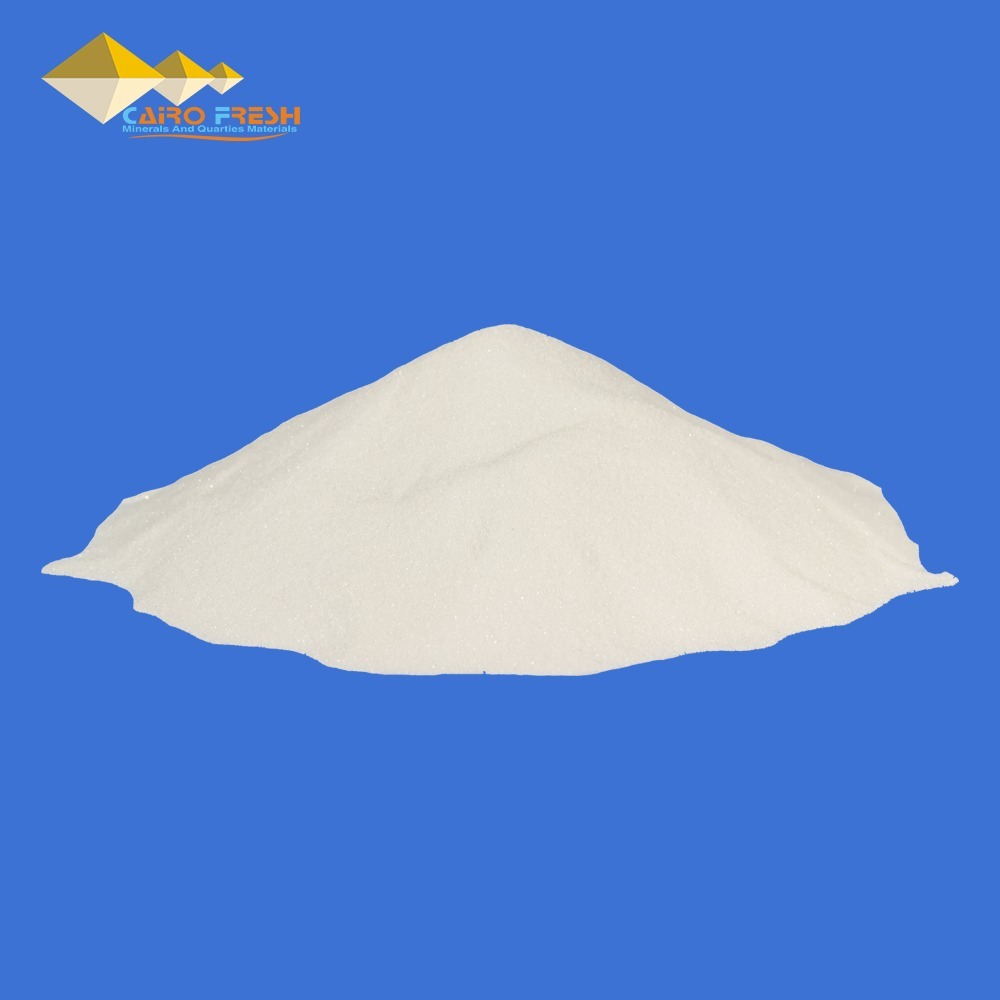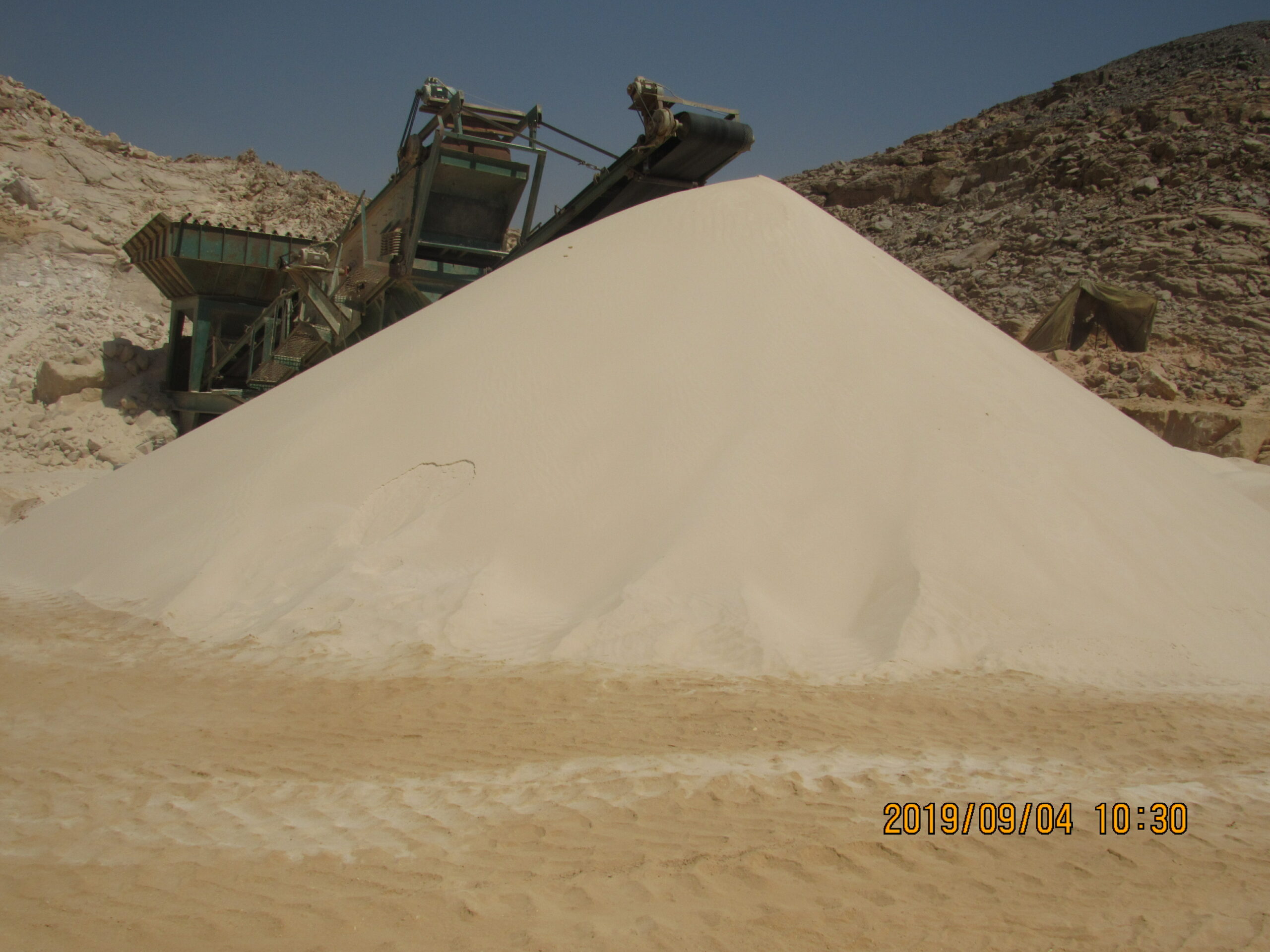Introduction
Seawater desalination is an essential process for providing fresh water in areas where it is scarce. However, desalinated water often has a low pH, making it slightly acidic and potentially corrosive. Calcite, a naturally occurring form of calcium carbonate (CaCO3), plays a vital role in adjusting the pH levels of desalinated water, making it safer and more suitable for consumption and various uses. This blog explores how calcite impacts the pH levels of desalinated water and why this adjustment is crucial.
The Importance of pH Levels in Water
The pH level of water is a measure of its acidity or alkalinity, which can significantly affect its safety and suitability for various uses. Here’s why maintaining appropriate pH levels is essential:
- Corrosion Prevention: Water with low pH is acidic and can corrode pipes, storage tanks, and other infrastructure, leading to damage and potential contamination.
- Health Implications: Extremely acidic or alkaline water can be harmful to human health, causing irritation and other health issues.
- Taste and Quality: The taste of water is influenced by its pH level. Water that is too acidic or alkaline can have an unappealing taste.
How Desalination Affects pH Levels
Desalination processes such as reverse osmosis and thermal distillation effectively remove salts and impurities from seawater. However, these methods also strip away buffering minerals, resulting in water that is often slightly acidic. This low pH can make the water corrosive and less suitable for consumption.
The Role of Calcite in pH Adjustment
Calcite is introduced in the post-treatment stage of desalination to neutralize the acidity and adjust the pH levels of desalinated water. Here’s how calcite impacts the pH levels of desalinated water:
- Dissolution and Ion Release: When calcite dissolves in water, it releases calcium ions (Ca2+) and bicarbonate ions (HCO3-). This reaction increases the pH of the water, neutralizing its acidity.
CaCO3 (calcite)+H2O (water)+CO2 (carbon dioxide)→Ca2++2HCO3−\text{CaCO}_3 \ (\text{calcite}) + \text{H}_2\text{O} \ (\text{water}) + \text{CO}_2 \ (\text{carbon dioxide}) \rightarrow \text{Ca}^{2+} + 2\text{HCO}_3^{-}CaCO3 (calcite)+H2O (water)+CO2 (carbon dioxide)→Ca2++2HCO3−
- Buffering Capacity: The bicarbonate ions produced in this reaction help buffer the water, maintaining a stable pH level and preventing drastic changes in acidity or alkalinity.
Benefits of Using Calcite for pH Adjustment
The use of calcite in adjusting the pH levels of desalinated water offers several benefits:
- Corrosion Prevention: By neutralizing the acidity, calcite helps prevent the corrosion of pipes, storage tanks, and other infrastructure, reducing maintenance costs and prolonging the lifespan of these systems.
- Health and Safety: Adjusting the pH to a neutral or slightly alkaline level ensures that the water is safe for human consumption and does not cause irritation or other health issues.
- Improved Taste: Water with a balanced pH level has a more pleasant taste, making it more appealing to consumers.
- Natural and Safe: Calcite is a naturally occurring mineral and is safe for human consumption. It does not introduce any harmful chemicals into the water, ensuring that the remineralized water meets health standards and regulatory requirements.
Applications Beyond Drinking Water
While the primary use of calcite in adjusting pH levels is for drinking water, it also has several industrial applications:
- Aquaculture: In fish farming, maintaining the right pH levels is crucial for the health of aquatic organisms. Calcite helps stabilize pH levels and provides essential minerals.
- Agriculture: Irrigation with water that has balanced pH levels ensures that crops receive the necessary nutrients, improving their growth and yield.
- Cooling Systems: In industries using desalinated water for cooling systems, maintaining the right pH levels prevents corrosion and scaling, thereby extending the lifespan of the equipment.
Environmental Benefits
Calcite also offers environmental benefits. Its use in pH adjustment helps reduce the environmental impact of desalination plants by preventing the release of overly acidic or alkaline water back into natural water bodies. This helps maintain the ecological balance and protect aquatic life.
Conclusion
Calcite plays a critical role in adjusting the pH levels of desalinated water, making it safe, pleasant, and suitable for various uses. Its ability to neutralize acidity, buffer the water, and add essential minerals makes it an invaluable component of the desalination process. As the demand for freshwater continues to rise, the importance of calcite in maintaining water quality and safety will become increasingly evident. By incorporating calcite into seawater treatment processes, we can ensure sustainable and reliable access to high-quality water for all.





